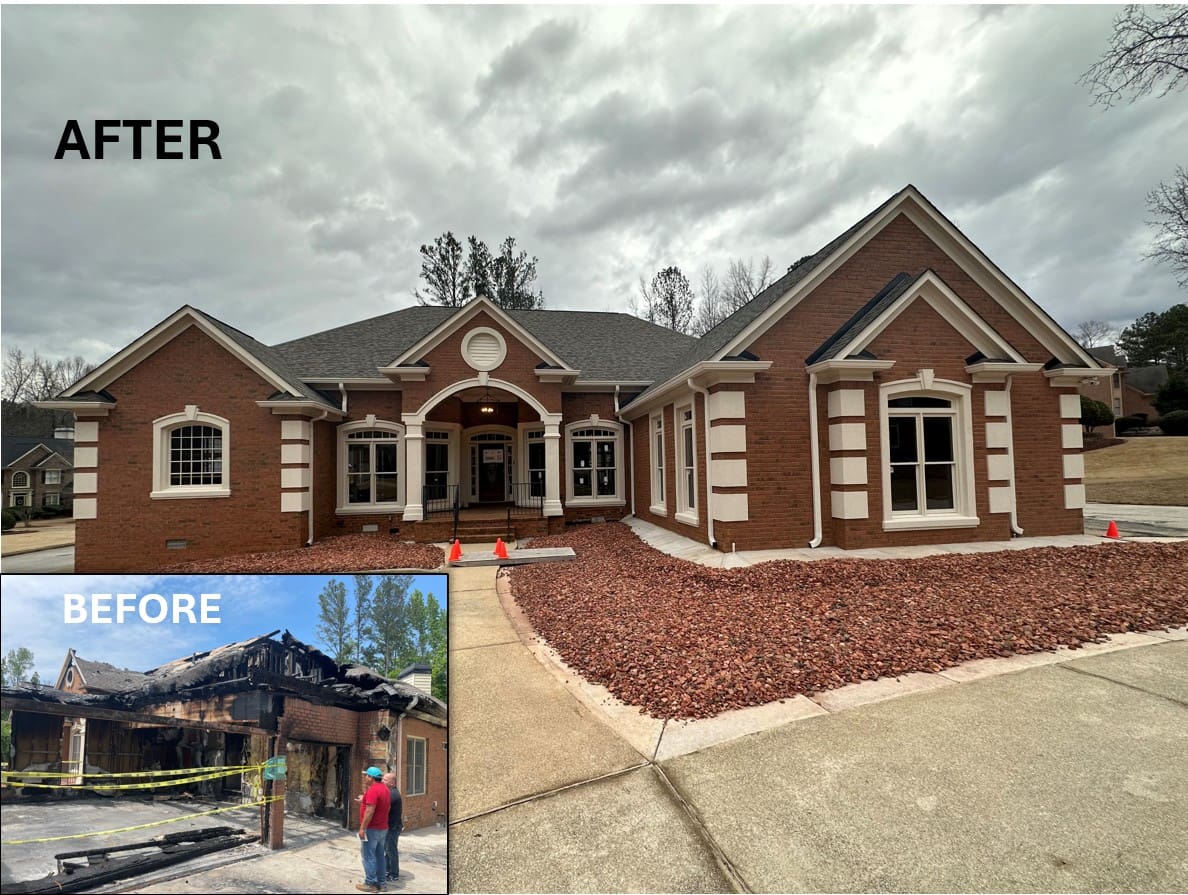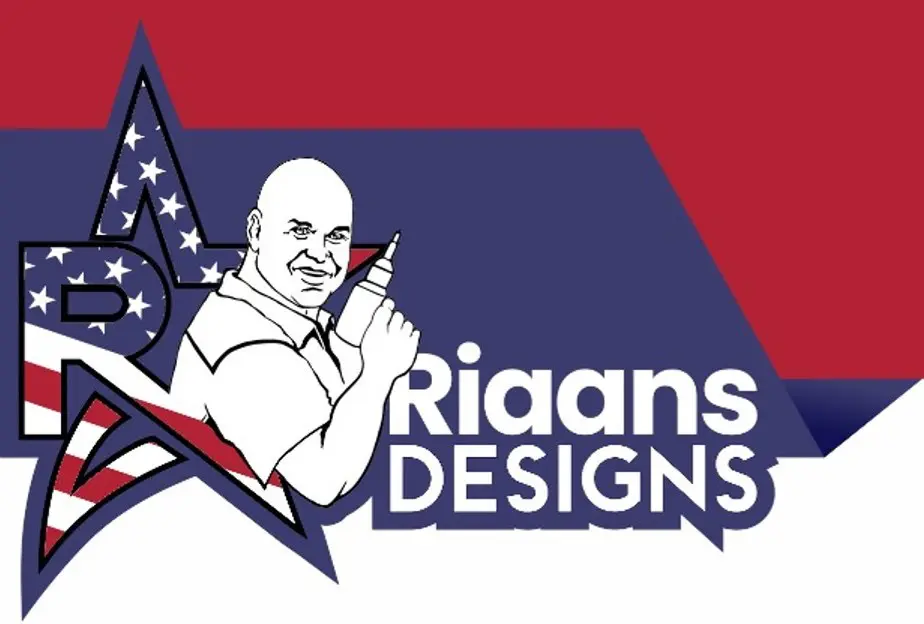
RESTORATION AFTER FIRE
According to the National Fire Protection Association, there are about 358, 300 home-based fires per year. The emotional toll of living through a fire in your home can be debilitating for homeowners. RIAANS DESIGNS is here for you to lean on. The restoration process is a long one, but worth it to build-back what was, and this time, even better.
Fortunately, some homeowners are lucky to be left with enough house to rebuild, like this Atlanta home, which was severely burned, with the fire igniting in the garage, which was destroyed, and then spreading into the living area.
Whether it is minor damage or all consuming, fire is extremely traumatic. RIAANS DESIGNS owner Riaan Venter explains “An engineer must examine the remaining footings, slabs, and foundation systems in fire-destroyed buildings to make sure the home’s structure is not compromised.” Riaan says that “one of the first things we do in the rebuilding process of burned homes, is to gut everything, clean the soot, vacuum and place big fans in critical areas to clear the smell of smoke. Unfortunately, the smell will linger.”
At this Atlanta residence, we could retain about 30% of the original walls, and a couple of window frames, but the inside balances and rubbering of all the windows had to be repaired. Our build-back team were able to keep the sub-flooring, however the entire roof had to be replaced.
Riaan tells us that “the thousands of gallons of water used to extinguish the fire damages the home more. Plus, Georgia’s extreme weather temperatures and humidity mean mold spores start growing within 24-hours.”
Soot is corrosive and surfaces such as remaining ceiling boards or lintels, any floorboards and structural framing must be hand cleaned with specific chemicals. During the fire plastics burn, vinyl burns, fabrics burn, and toxins are released from these burning materials, promoting fungal growth and potentially making you sick.
Demolition after a fire can be extremely dangerous. Riaan states categorically that “It is best to tackle the job like one would a new construction, namely building from the bottom upwards.” Riaan explains that “we reframed the walls on the bottom floor and built-back the second floor.”
In this specific Atlanta home, our biggest challenge was matching new brick with the saved exterior brick walls. Built in the 90’s, the original brick color was no longer in production, yet the HOA was insistent that only the original color could be used.
We purchased a brick as close in shape, and color to the original and built the walls we need to close the home. Then, we hired a sub-contractor Brick Stainer. Like an artist, he meticulously, like an airbrushing process, sprayed the new built walls to the match tones, shades and color splatters of the original brick. The HOA and Homeowner are ecstatic with the result!


